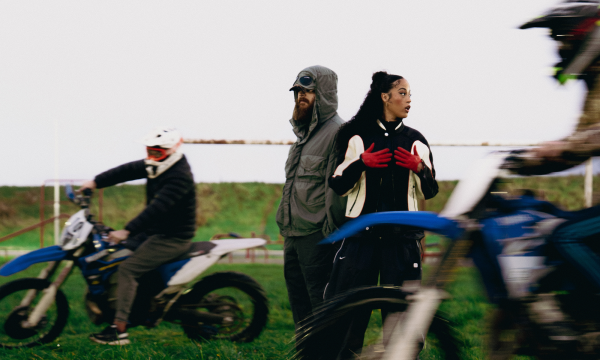
Today marks the 228th Birthday of Los Angeles! Spanish explorer Gaspar de Portolá and his expedition of over 60 men, including two Franciscan Padres, Juniper Serra and Juan Crespi, reached Alta California in 1769 and entered what is now Los Angeles on August 2nd. On the top of a hill in Elysian Park, the expedition saw a large green valley and a beautiful river that ran through it. Portolá named the river El Rio de Nuestra Señora La Reina de Los Angeles de Porciúncula, which means “The River of Our Lady of the Angels of Porciúncula.” Portolá recommended the area to the Spanish government for the location of a new pueblo. Native Tongva people from the nearby village of Yangna also came to greet Portolá and his men. In 1777, Alta California Governor Felipe de Neve chose the sites of San Jose and Los Angeles as the first two pueblos in Alta California. He named the Los Angeles settlement El Pueblo de Nuestra Señora la Reina de Los Ángeles de Porciúncula. This meant, “The Town of Our Lady the Queen of the Angels of Porciúncula.”
That same year, Governor Neve traveled to the distant town of Alamos in Sonora, New Spain (today, the nation of Mexico) to recruit 11 families. These families were comprised of 11 men, 11 women, and 22 children. The heads of Los Angeles’ eleven founding families were Antonio Clemente Villavicencio, a Spaniard; Antonio Mesa, a Negro; Jose Fernando Lara, a Spaniard, Jose Vanegas, an Indian; Pablo Rodriquez, an Indian; Manuel Camero, a Mulatto; Jose Antonio Navarro, a Mestizo; Jose Moreno, a Mulatto; Basillio Rosas, an Indian; Alejandro Rosas, an Indian; and Luis Quintero, a Negro. All were poor farmers of Indigenous, European, and African origin and were known as los pobladores (the settlers.)
There was also a twelfth poblador named Antonio Miranda Rodríguez who was of Filipino descent. He joined los pobladores while in Sinaloa, New Spain. When los pobladores reached Loreto, New Spain, Miranda decided to stay behind with his daughter who had become ill with smallpox.
Upon reaching the San Gabriel Mission, Governor Neve prepared the 44 pobladores for their new homes along El Rio de Nuestra Señora La Reina de Los Angeles de Porciúncula. On September 4, 1781, the 11 families were escorted by four Spanish soldiers, walked nine miles down the dusty trail towards the river and established El Pueblo de Los Angeles (The Town of the Queen of the Angeles.) Today, the great metropolis of Los Angeles – the most ethnically diverse city in the world.













